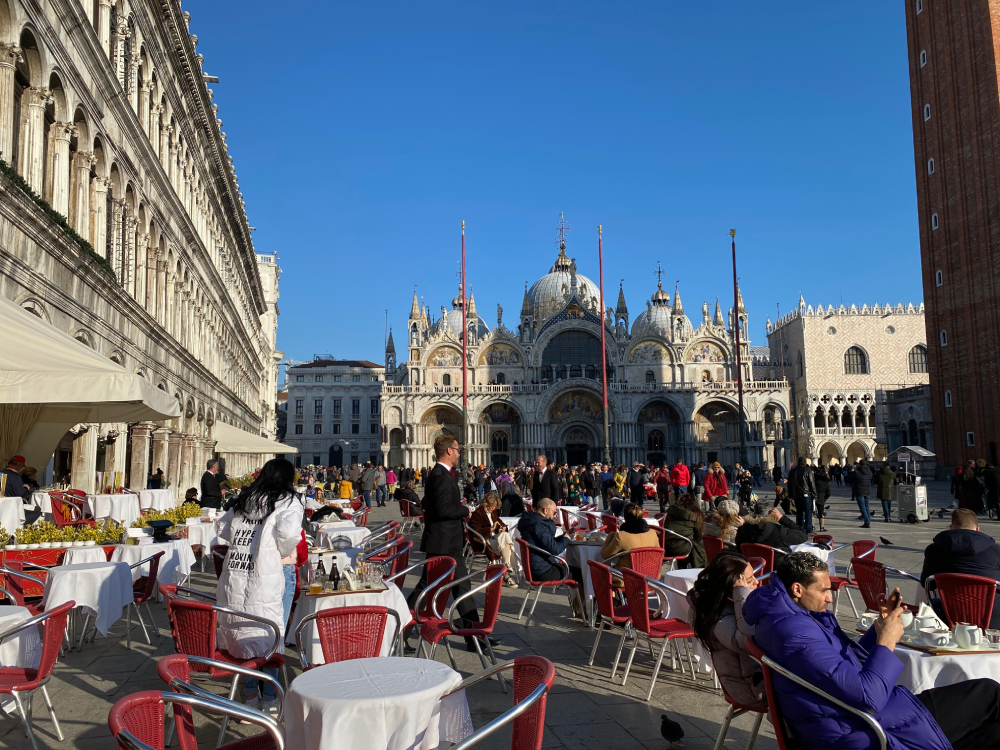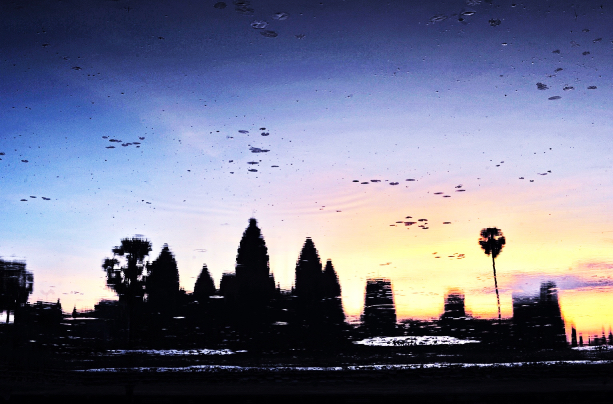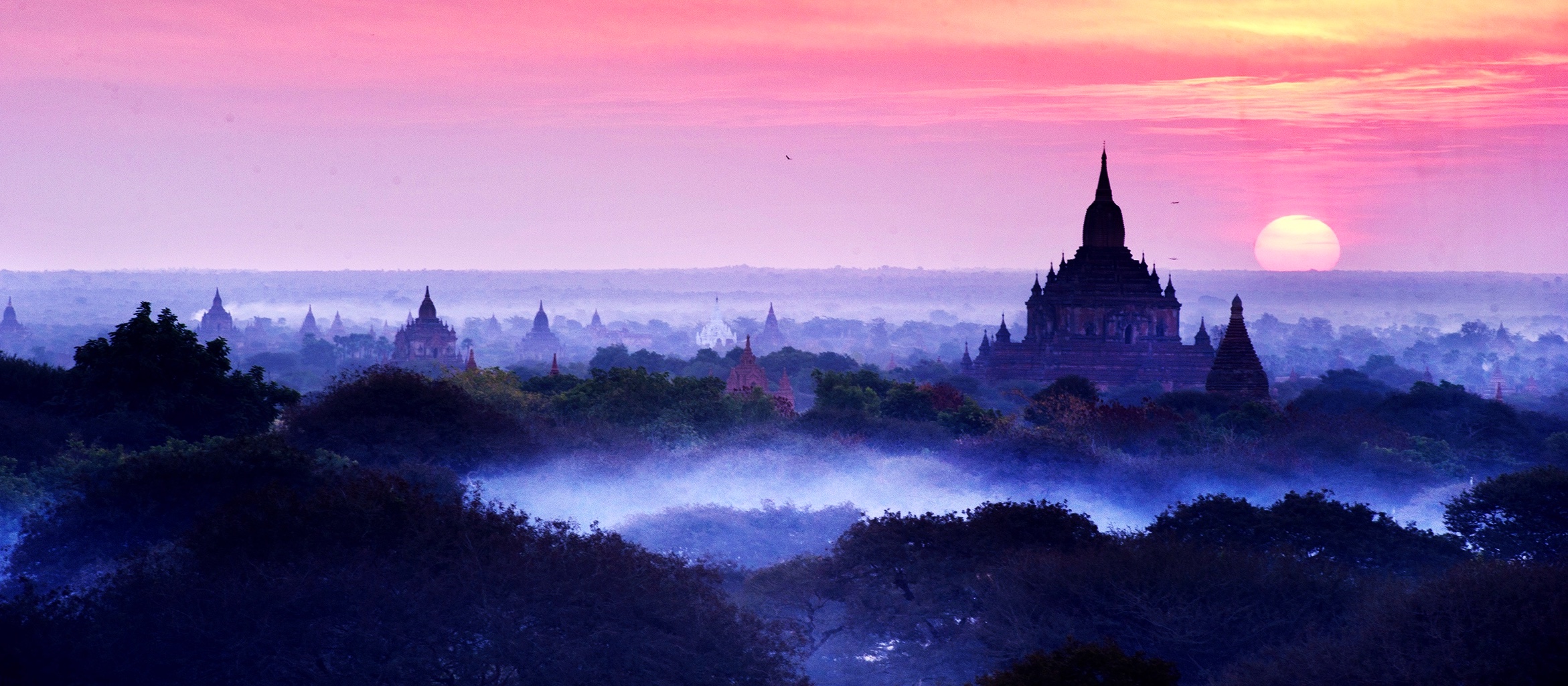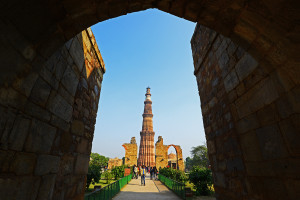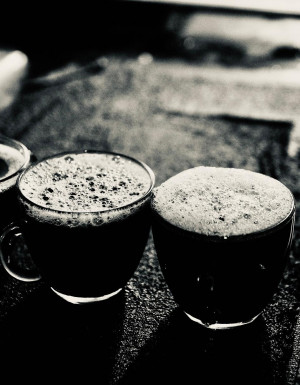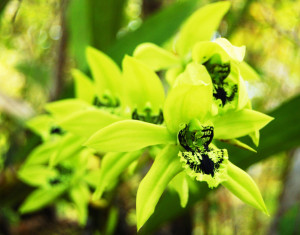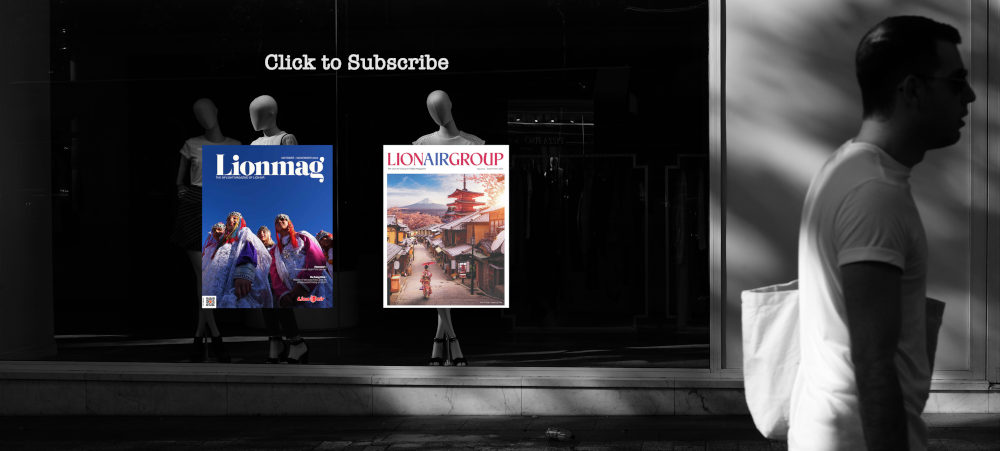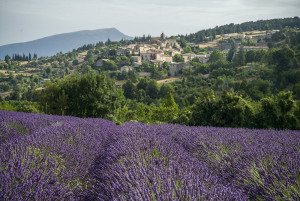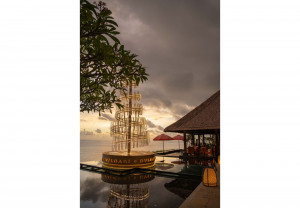As the afternoon sun started to descend, I jumped on one of the vaporetti (public transport canal boats)that ply the Grand Canal and are Venice’s waterborne equivalent of the Jakarta busway — albeit rather more romantic.
Late afternoon is a perfect time to go on a tour of the Grand Canal down to the famous St Mark’s Square, with its Basilica containing the tomb of St Mark himself (or so they say), the Doge’s Palace and the iconic tower (campanile). The Doge’s palace — the seat of Venetian power for so many centuries — dates from the ninth century, although it has been badly damaged by fires and repaired several times since then.
The campanile, Venice’s primary landmark, completely collapsed in a pile of rubble on 14 July 1902, and so the current one is a reproduction. Indeed, one of the surprising sights of Venice is to see just how many towers there are: in the sixteenth century there were more than 200, while today there are about 170, the rest having fallen down. And another surprise is to observe just how many of those remaining 170 towers are leaning at curious angles. Pisa isn’t by any means alone in having a leaning tower.
St Mark is the patron saint of the city. Legend has it that he was shipwrecked in the lagoon and came across a marsh upon which he declared a great church should be built. Several centuries later, in the ninth century, when the Doges of Venice decided that they needed additional divine support, two Venetian merchants were engaged to steal the corpse of St Mark from his tomb in Alexandria. They somehow succeeded and brought the body back so that it could be preserved beneath the High Altar of the Basilica.
However, the chances are that, even assuming they took the right body, the one that now lies in the Basilica today is no longer his, as the original was almost certainly destroyed in a huge blaze in the Basilica in 976.
Then it was time to jump on another vaporetto and head back to Cannaregio along the Grand Canal before dusk. The 45-minute trip is a perfect way to admire the gondaliers skillfully guiding their craft in just the same way as their predecessors have been doing for centuries, and take in the golden rays of the afternoon sun as they bathe the palaces along the canal in soft light.
One of the secrets of getting to see as much as possible of Venice is to use the vaporetti. Anyone intending to stay in Venice for more than a couple of days should invest in a vaporetti pass for 3 to 7 days, which allows the holder to jump on and off them at will, going almost anywhere, including the other islands, on the same ticket. Suddenly, the world (of Venice) becomes your oyster once you have your pass.
If you like markets, another fascinating vaporetto trip — only instead of late afternoon this one is the early morning — is to get off at the Rialto bridge and visit the city’s main market. Centuries old and a hive of activity in the early morning, the displays of vegetables and seafood are unforgettable.

A quintessential view of Venice, with gondolas moored and waiting for passengers. PHOTO MAKHFUD SAPPE
Thinking back to St Mark, in their heyday the Venetians , perhaps a little like the latter-day British, seem to have made a habit of stealing things. A case in point is the magnificant four bronze horses that used to adorn the hippodrome in the Imperial Palace of Constantinople. They were taken back to Venice and installed above the Basilica overlooking St Mark’s square, at least until they were replaced by replicas and the originals moved inside when the city decided they were suffering from the effects of pollution.
The horses were taken in the fourteenth century, a time when Venetian power was at its peak, when the walls of Constantinople had been breached for the first time and, in the wake of the defeat of the Byzantines, Venice was lord over “a Quarter and a Half-Quarter of the Roman Empire”.
It is hard to believe that Venice is still the third-largest port in Italy, but it is. Her power originally came from her eastern commerce, trading with the cities of the Levant. In the centuries before the Europeans had discovered the spice islands of Indonesia, those same spices from Maluku came to Europe via the merchants of Venice and their contacts across the Orient. It was in this way that Venice acted for centuries as a unique bridge between east and west — one of the first truly international cities.
The Venetian empire was dealt a mortal blow with the loss of Constantiople to the Ottomans in 1453, which ended her control of the Levant, and also by da Gama’s yoyage to India in 1498. The advances in sea-faring technology of the Portuguese, then the Spanish, and later the Dutch and English, ended the Venetian monopoly on Oriental trade, and her power slowly started to fade.
If you have enough days to spare and have your vaporetti pass to hand, you can spend an interesting day visiting the islands to the north of Venice, namely Murano, Burano and Torcello. The nearest of the three isalnds to Venice is Murano, which is famous for its glass-blowing industry. In the thirteenth century, so many fires ravaged Venice that a decision was made to move all the glass furnaces to Murano, which became the world’s principal glass producer in the sixteenth century. Glass production was so important to the Venetian republic’s economy that any glass-maker who tried to take his knowledge elsewhere would be tracked down and killed by agents of the state. Glass-making is still the mainstay of Murano’s economy today, although to my mind most of the glasswork is bording on the kitsch.
The next island is Burano, which is a colourful place: the terraced cottages that make up the little town are painted in a splurge of different colours, while its campanile is leaning at a crazy angle and looks likely to fall down any day.
Torcello, the furthest of the three, is actually where it all started: today only a hundred people live here, but at its zenith in the 1500s it boasted a population of some 20,000.
Now, seen from a distance, all that remains is a lonely proud campanile. It seems that Torcello was probably the first major settlement of the fleeing mainlanders, and it grew in size and influence ahead of Venice. But then it went into a dramatic decline as its canals started to clog up with silt from the rivers entering the lagoon, and malaria spread amongst its inhabitants. People left in droves, its infleunce waned and Venice prospered in its stead.
My trip lasted a week and I soaked up as much of the atmosphere of the city as I could: its brilliance, its richness, its art, its food, and also its sadness, its melancholy of decay. But for me, its uniqueness as a city and its unparalleled history still make it one of the most interesting and rewarding of all the great cities of the old world.
